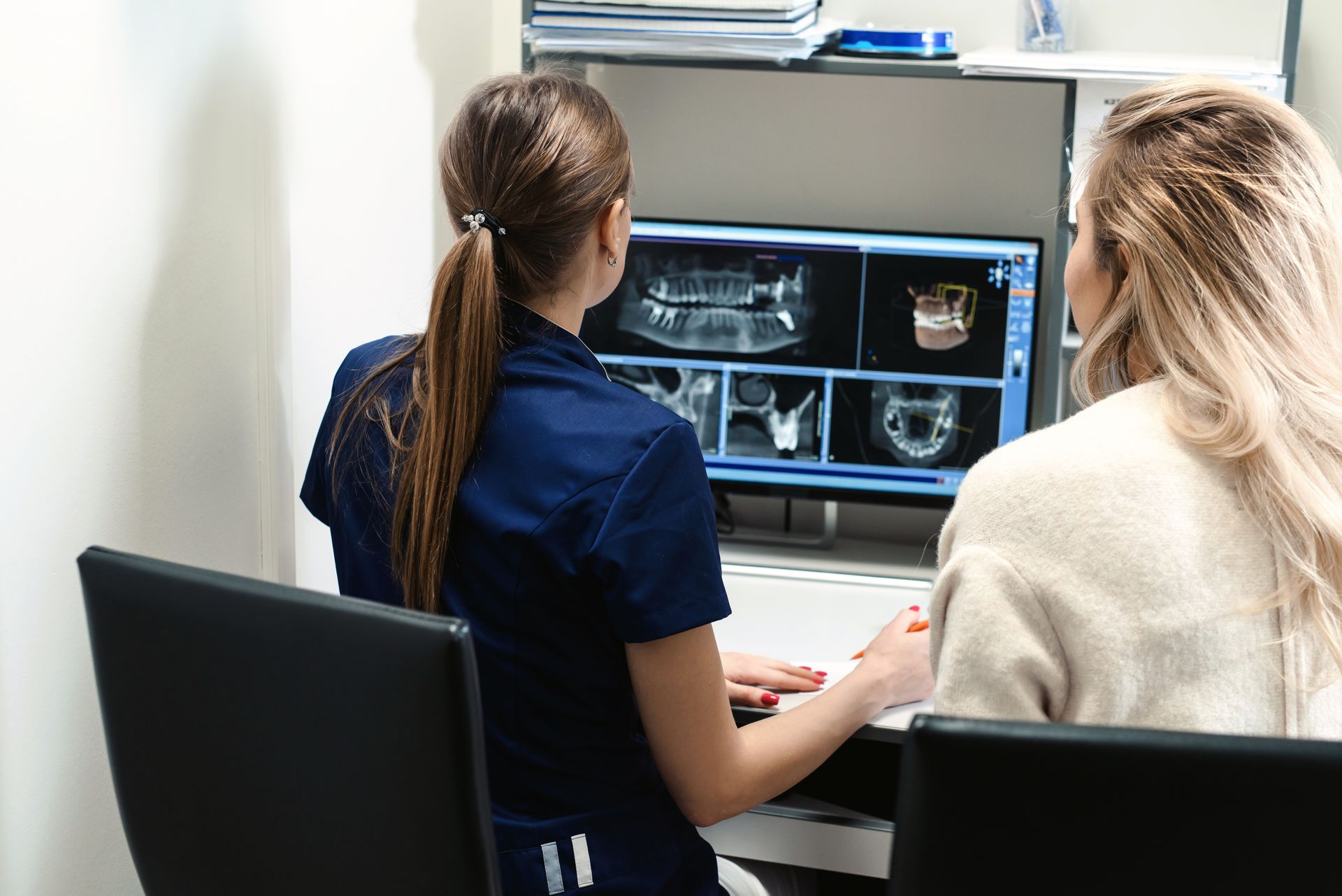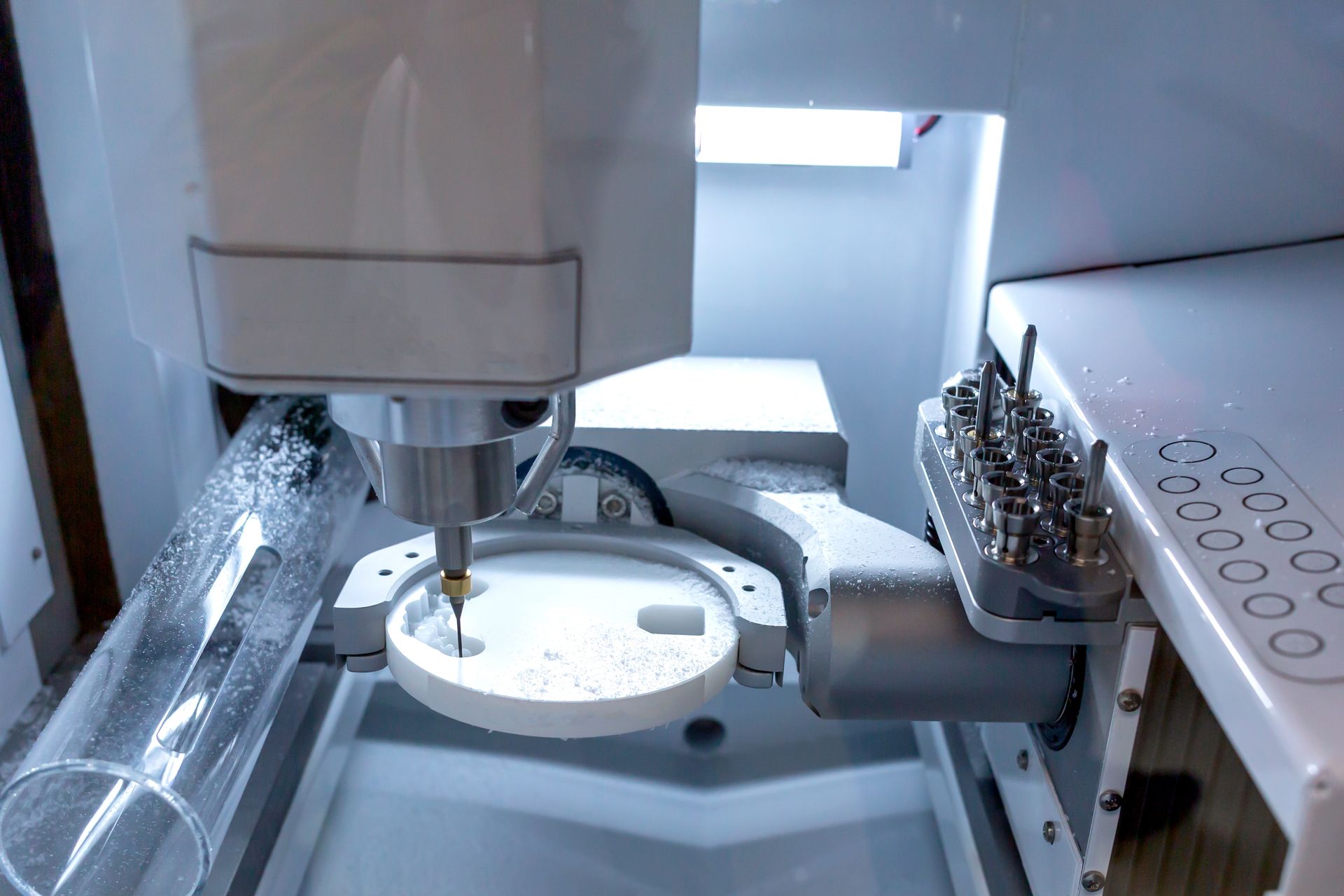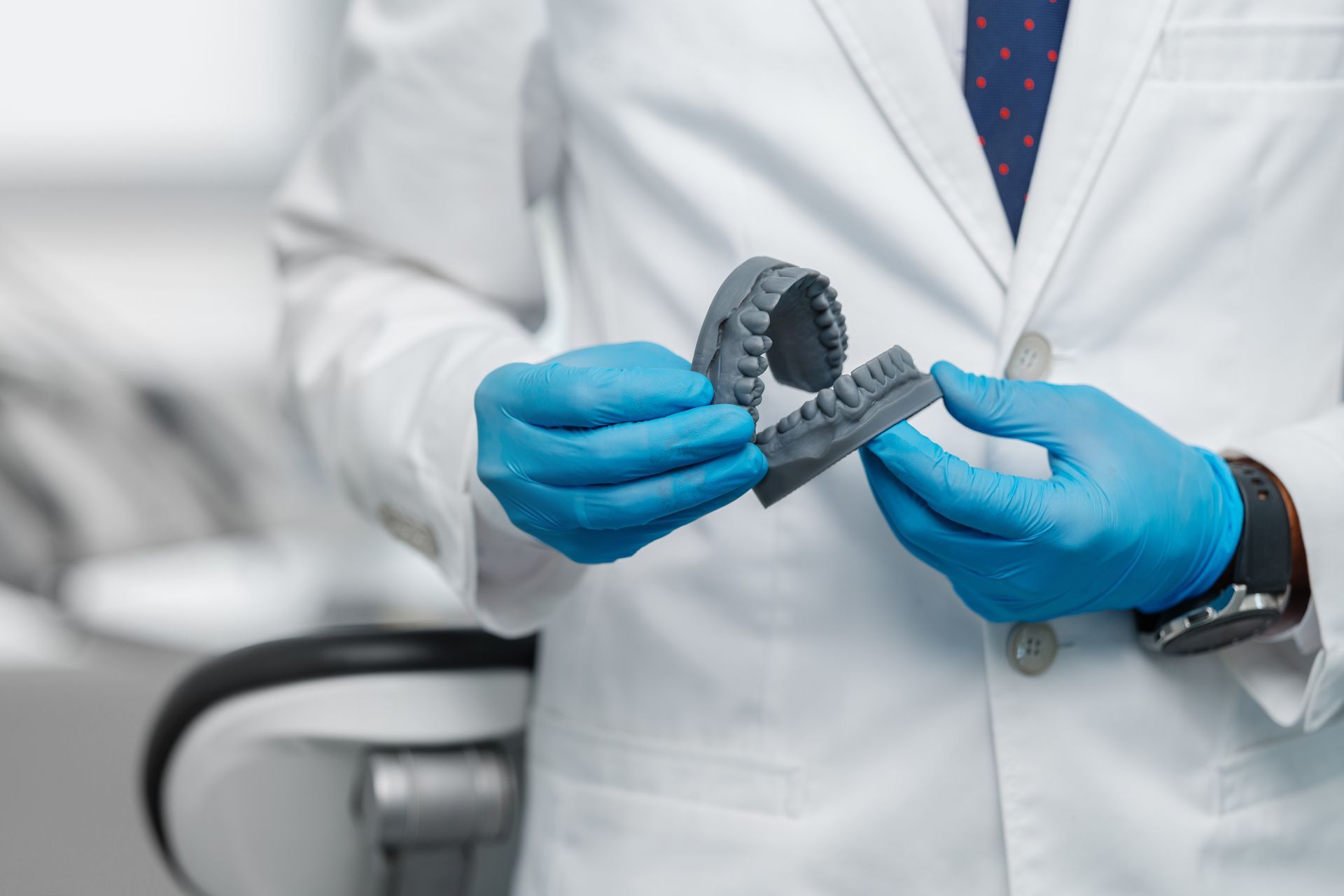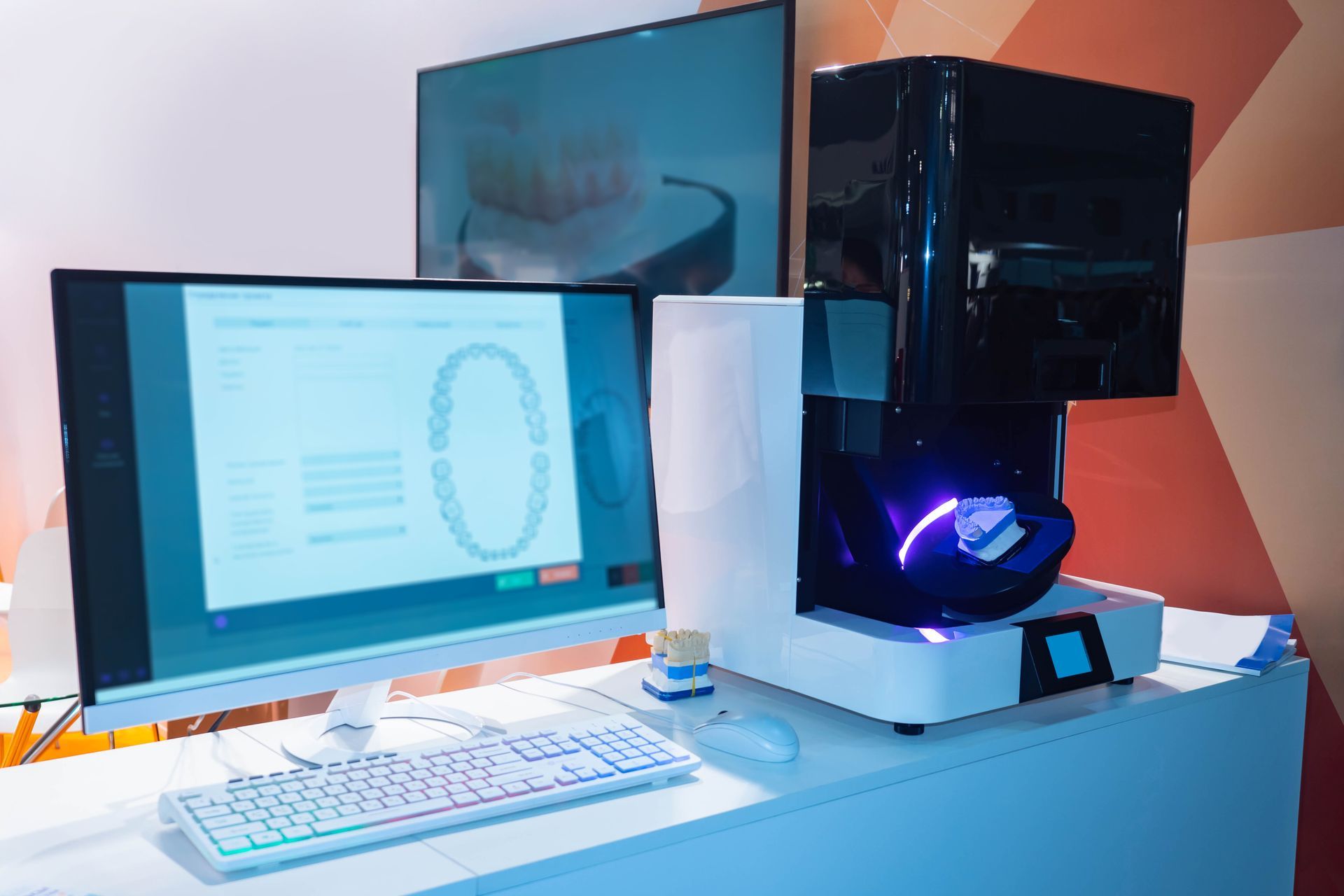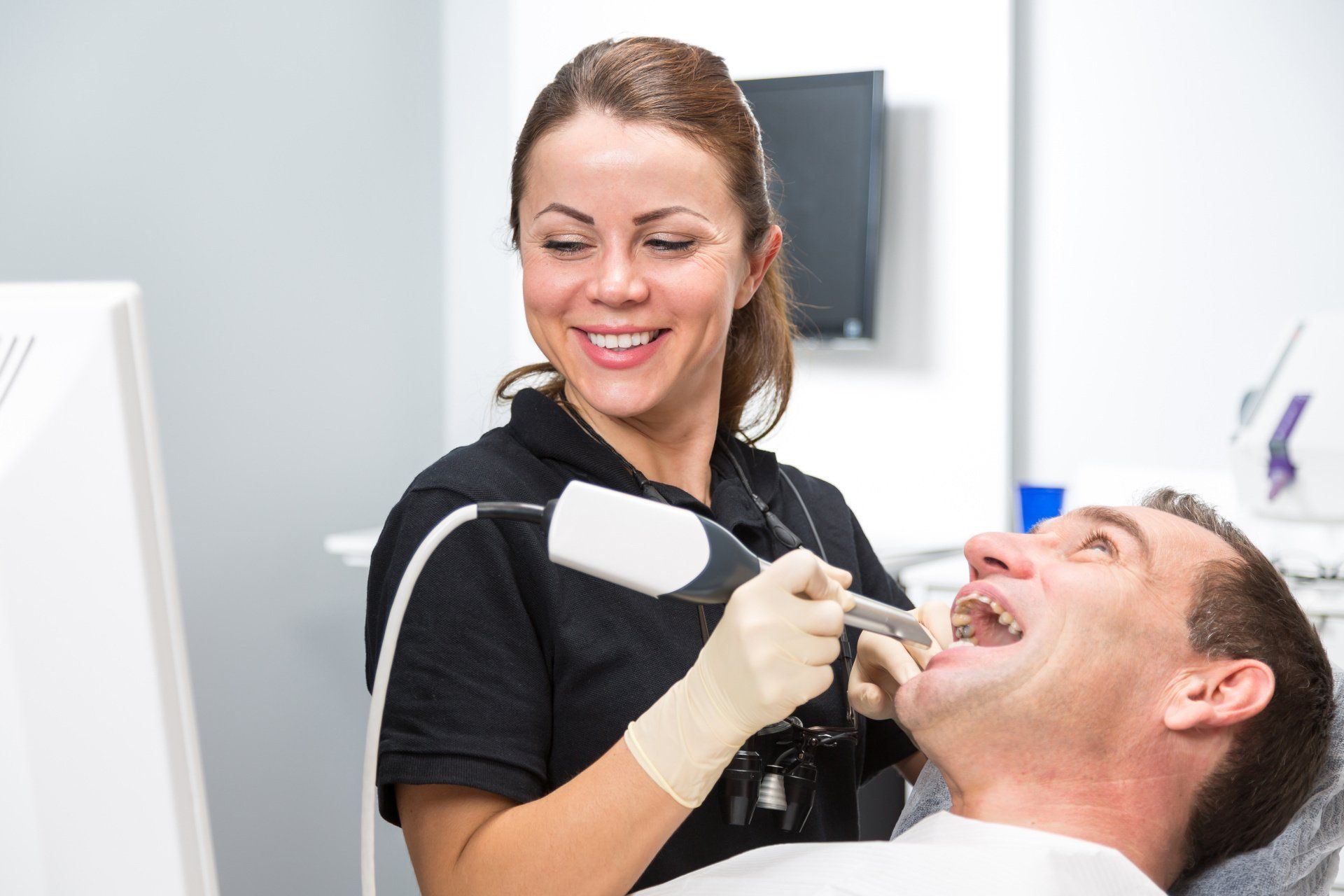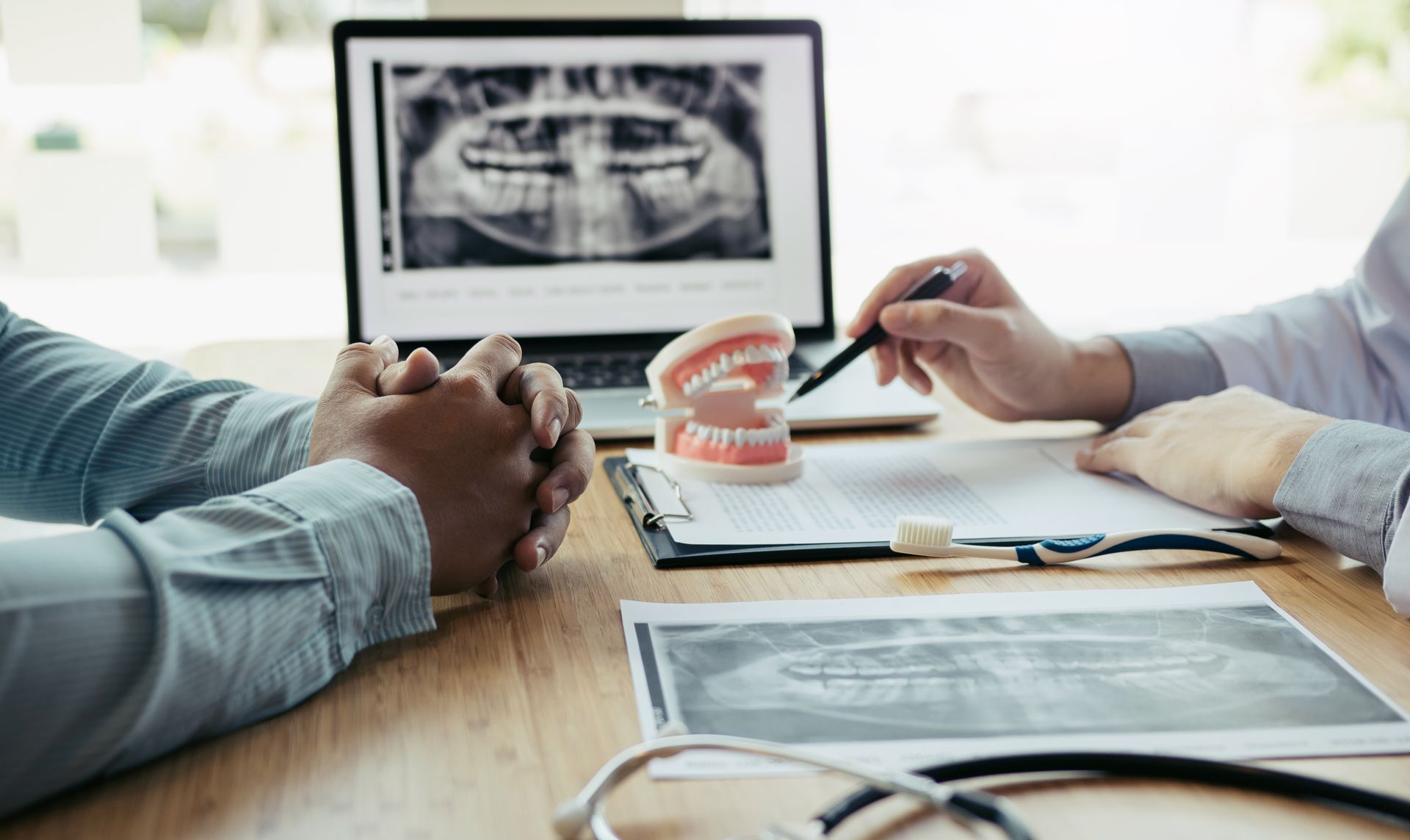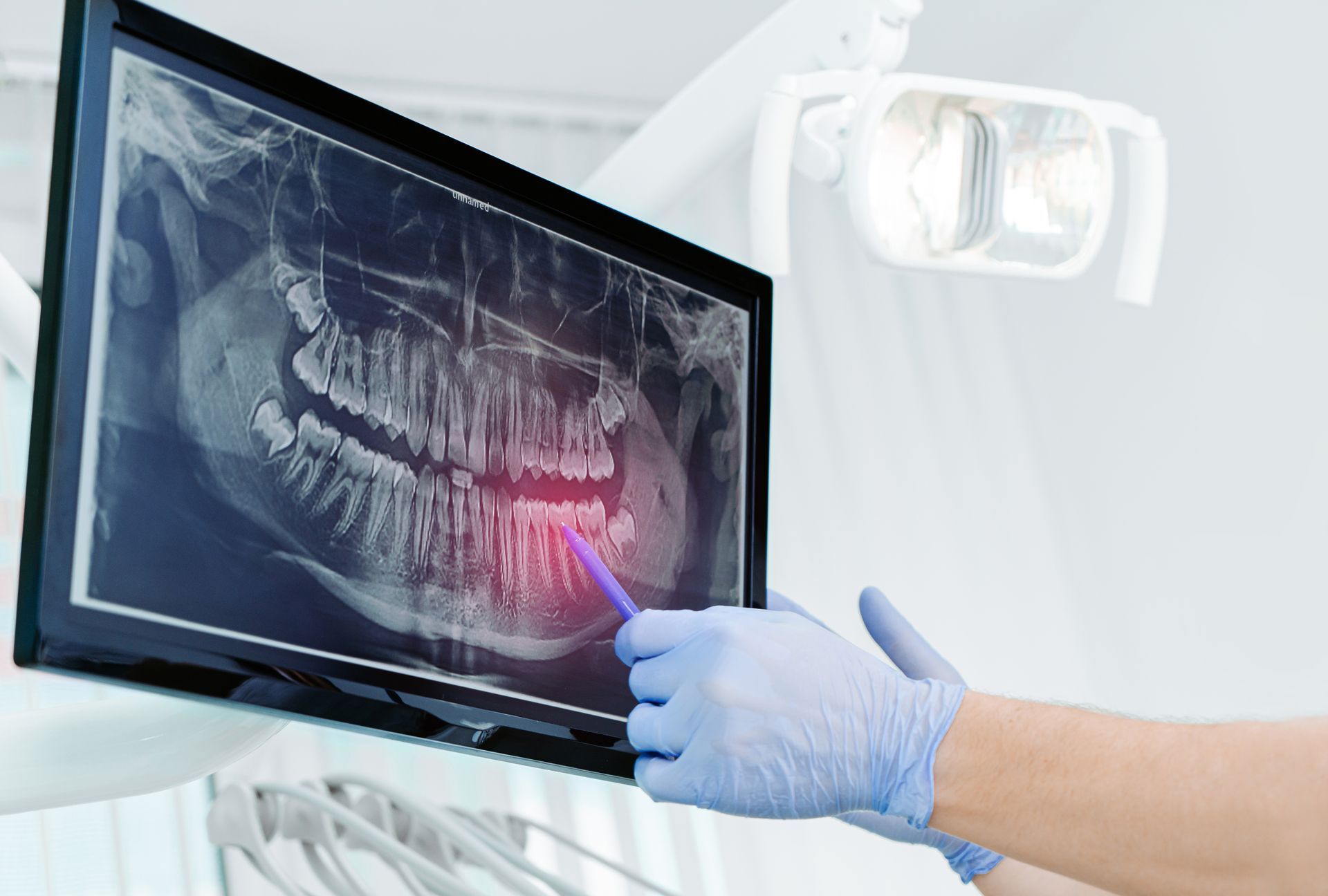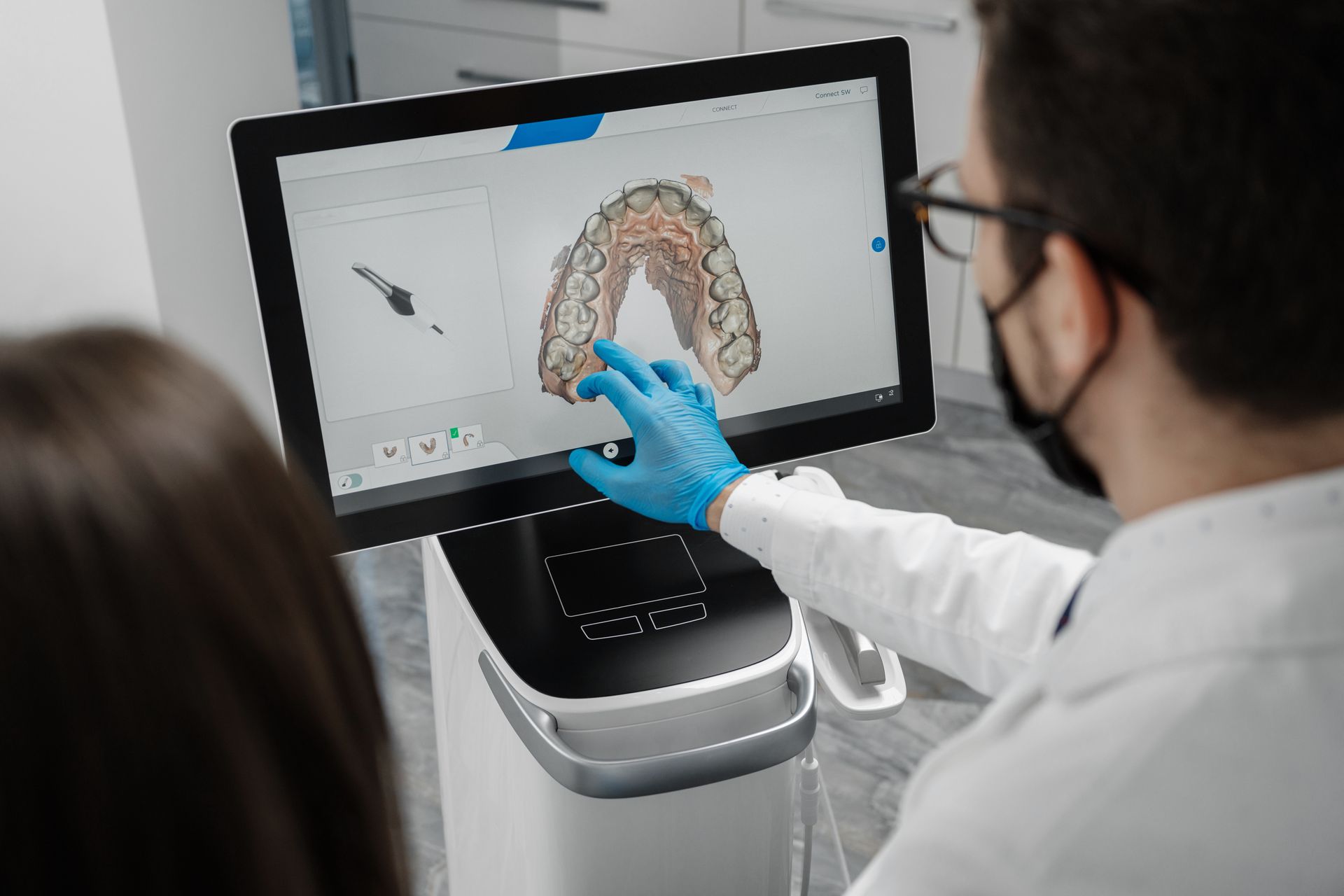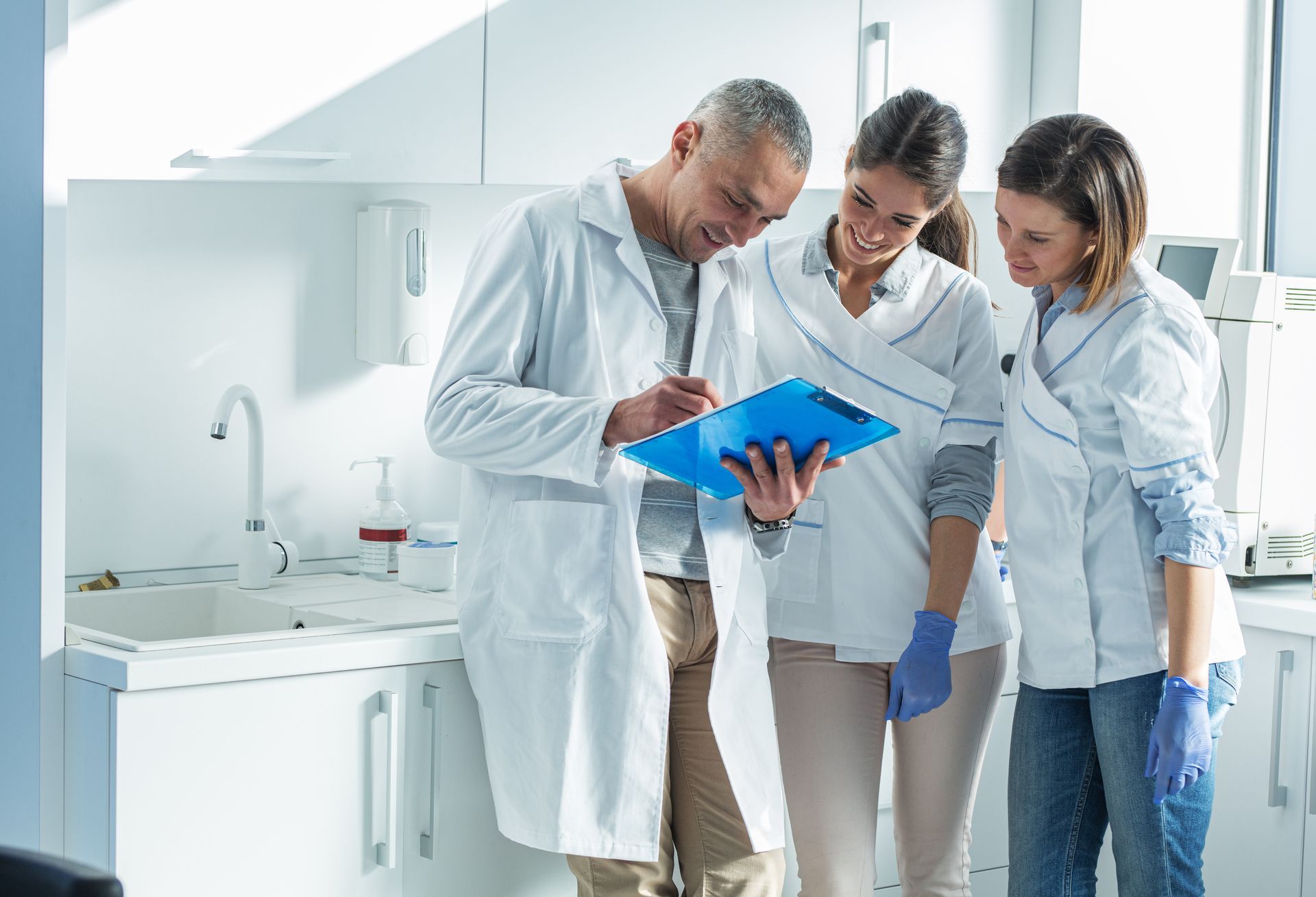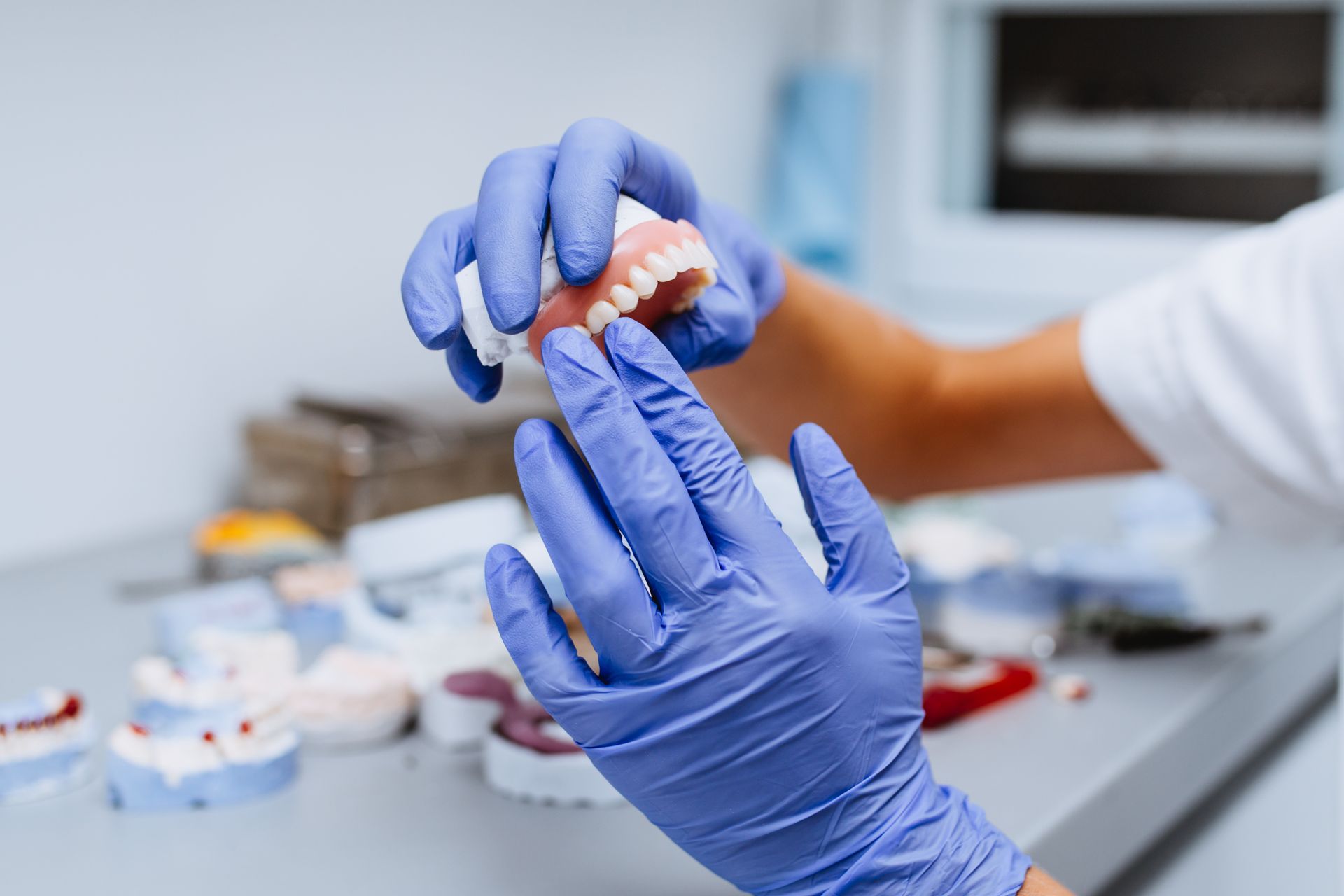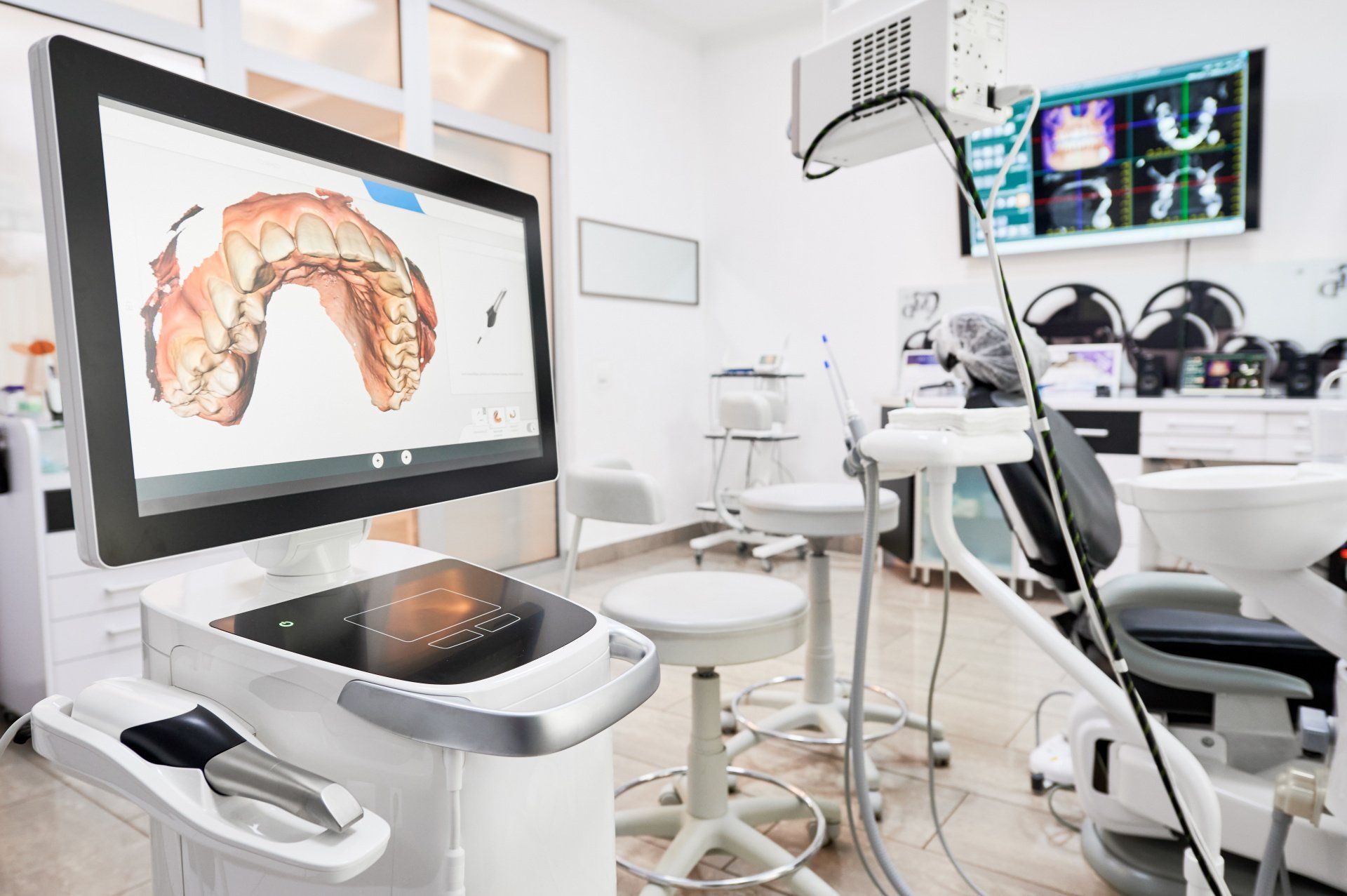Digitize Your Dental Office with Intraoral Scanners
Dental offices have been using traditional methods for taking dental impressions for too long. These methods are not only outdated, but they are also inaccurate and often result in patients having to come back for multiple appointments. Fortunately, there is a better way. Intraoral scanners are quickly becoming the new standard in dental care. These scanners produce highly accurate 3D images of teeth, which can be used to create custom dental implants, crowns, and bridges. Not only is this process more efficient, but it also eliminates the need for messy putty impressions. As a result, patients can get their new teeth in fewer appointments and with less discomfort. If you are looking to digitize your dental office, intraoral scanners are the way to go.
What are intraoral scanners?
Intraoral scanners are devices that are used to create digital 3D images of the inside of a person's mouth. They are often used by dentists and orthodontists in order to plan dental procedures, such as braces or implants. Intraoral scanners use lasers and cameras to create a precise, 3D image of the teeth and gums. The images can then be saved on a computer and viewed from different angles. This allows dental professionals to get a more detailed look at the mouth than they would from traditional x-rays. Intraoral scanners are safe and gentle, and they allow patients to avoid the discomfort of having impressions taken of their mouths.
How does an intraoral scanner work?
The process is simple and starts with the dentist projecting a beam of light onto the teeth. This light is then reflected back into the scanner, which takes thousands of images. These images are then processed and stitched together to create a highly accurate 3D model. In addition to being more accurate, intraoral scanners are also much faster and less invasive than traditional methods.
What are the benefits of intraoral scanning?
There are many benefits of intraoral scanning, both for patients and dental professionals. Intraoral scanners are much more accurate than traditional methods, which means that patients can get their new teeth in fewer appointments. In addition, intraoral scanners eliminate the need for messy putty impressions, which often result in patients gagging or feeling uncomfortable. Finally, intraoral scanners allow dental professionals to get a more detailed view of the mouth, which can help them plan dental procedures more accurately.
Modernize Your Dental Practice with Intraoral Scanners
Intraoral scanners should be part of any modern dental practice. They offer many benefits that can save the dentist time and money while providing a better experience for the patient. Intraoral scanners allow dental offices to instantly send a digital copy of the patient’s mouth to a dental lab for fabrication of custom dental implants, crowns, or bridges. This eliminates the need for messy and uncomfortable putty impressions and saves the patient time and money by reducing the number of appointments needed. Intraoral scanners also provide dentists with a more detailed view of the mouth which can help to improve accuracy when planning dental procedures.
About Vitality Technologies Digital Dental Lab
At Vitality Technologies, we understand the importance of delivering high-quality dental restorations. That's why we've invested in the latest digital dental technology, which allows us to create custom crowns, bridges, and implants that are indistinguishable from natural teeth. Our state-of-the-art facility is equipped with the latest CAD/CAM machines, which means we can produce precision-fit restorations in a fraction of the time of traditional labs. And because our labs are completely digitized, we can share files quickly and easily with dentists around the world. So if you're looking for a digital dental lab that can provide accurate, esthetically pleasing results, look no further than Vitality Technologies. We're your one-stop shop for all your dental restoration needs. Contact us today to learn more about what we can do for you.
Partner With Vitality Technologies and Receive a Free Intraoral Scanner!
Vitality Technologies makes it easy to create digital scans at no cost to you. Simply partner with us and we'll offer you a free IntraOral Scanner and Training. Limited time offer.
Get started to learn more!
